What are the best Pandanus Leaf substitutes?
Pandan leaves are known for their sweet, floral, grassy aroma and the signature green colour they bring to Southeast Asian dishes. But what if you can’t find them fresh or frozen? Don’t worry – there are plenty of pandan leaves substitutes that will work for desserts, curries, steamed dishes, and even drinks.
In this guide, we’ll cover the top substitutes, substitution ratios, DIY pandan extract, and which alternative works best for each recipe type.
Try using: Pandan Extract, Fragrant Herbs, Vanilla Extract, Matcha Powder or Green Tea, Coconut Milk, Kewra Essence, Collard Greens, or Banana Leaves.
Remember, the best substitute depends on the specific recipe and the flavor you’re trying to achieve.
Table of Contents
- What are the best Pandanus Leaf substitutes?
- What Pandan Leaves Add to Recipes
- Where can I buy Pandanus Leaf?
- Top 8 Pandan Leaves Substitutes (With Ratios)
- Pandan Extract / Essence
- Fragrant Herbs (Lemongrass, Kaffir Lime Leaves)
- Vanilla (Bean or Extract)
- Coconut Milk / Extract
- Kewra / Rosewater Essence
- Matcha Powder or Green Tea
- Collard Greens / Spinach (for Colour)
- Banana Leaves (for Wrapping)
- Which Substitute to Use for Different Dishes
- Pros & Cons Table
- Substitutes to Avoid or Use Sparingly
- Storage Tips for Pandan & Extract
- What are other uses of pandan leaves?
- What does Pandan do to your body?
- Summary for Pandanus Leaf substitutes
What Pandan Leaves Add to Recipes
- Aroma & Flavour: Sweet, floral, grassy, with vanilla-like notes
- Colour: Natural green tint in juices and desserts
- Texture & Function: Wrapping, steaming, infusing liquids
- Cultural Role: Essential in Southeast Asian sweets, rice dishes, and drinks
Okay, before we look at your pandan leaves alternative, let’s deal with that empty cupboard situation!
Where can I buy Pandanus Leaf?
If you want to be more prepared and ensure you don’t run out of pandanus leaf, then you should stock up now.
Nowadays, most delicatessens and general supermarkets stock a wide variety of pandanus leaf. Or if you prefer you can also purchase pandanus leaf on-line.
So why not jump on and place your order today.
STOCK UP NOW!
Natural dried Pandan Leaves. Use in cooking, or add warm water and infuse to make a natural tea.
Supplied in a resealable bag to help retain freshness.
100% natural, and vegan friendly too.
Types of Pandan Products
| Form | Pros | Cons |
| Fresh leaves | Best flavour & aroma | Hard to source, perishable |
| Frozen leaves | Easy to store, good flavour | Slight aroma loss |
| Dried leaves | Long shelf life | Very weak aroma |
| Pandan extract/paste | Strong flavour, convenient | Can be artificial, potent |
| Powder | Good colour, easy storage | Different flavour, sometimes bitter |
Top 8 Pandan Leaves Substitutes (With Ratios)
Pandan Extract / Essence
- Best substitute when fresh leaves are unavailable
- Use ½–1 tsp extract = 1 fresh leaf (varies by brand)
- Strong flavour, easy to overdo – start small
Can’t find fresh pandan leaves? Well then, Pandan extract is your next best friend. Let’s look at some info on pandan extract vs pandan leaves. Pandan extract is basically the flavour of pandan leaves in a handy bottle. Because it’s concentrated, start with just a few drops – you can always add more, but you can’t take it back if you go overboard!
Add it when you’d normally use pandan leaves – in rice, desserts, or drinks – then taste and tweak as you go. Some extracts also give your dish a pretty green tint, so that’s a fun bonus if colour matters.
Tip: store the bottle in a cool, dark spot so the flavour stays fresh.
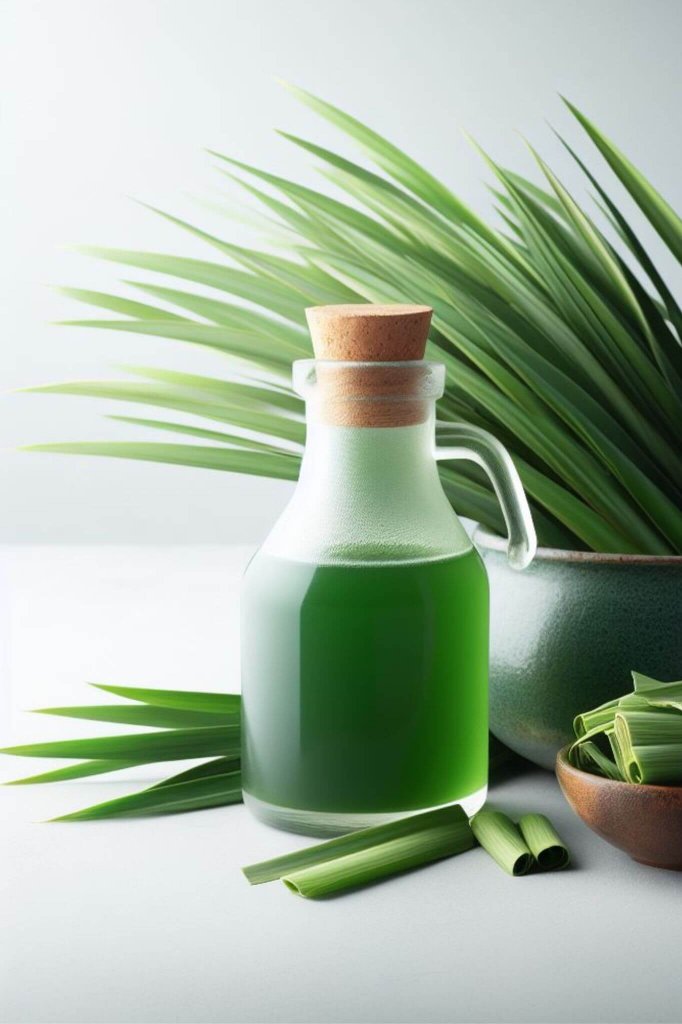
Fragrant Herbs (Lemongrass, Kaffir Lime Leaves)
- Ideal for savoury dishes like rice or soups
- Use 1 lemongrass stalk or 2 kaffir lime leaves = 1 pandan leaf
For savoury dishes like curries and rice, lemongrass or kaffir lime leaves give a fresh, zesty aroma. They’re not sweet like pandan but bring their own delicious fragrance. One lemongrass stalk or a couple of lime leaves can do wonders.
Start by selecting fresh lemongrass stalks. You’ll typically use the lower white part, which is the most flavorful. Always remove the tough outer layers and then finely chop or bruise the stalk.
Add the chopped or bruised lemongrass to your recipes during cooking, much like you would use pandanus leaves. Use in savory dishes, soups, and curries, especially in Asian cuisine.
Lemongrass brings a refreshing, citrusy note to your dishes and can work well in many recipes that call for pandanus leaves, particularly in savory and herbal dishes.
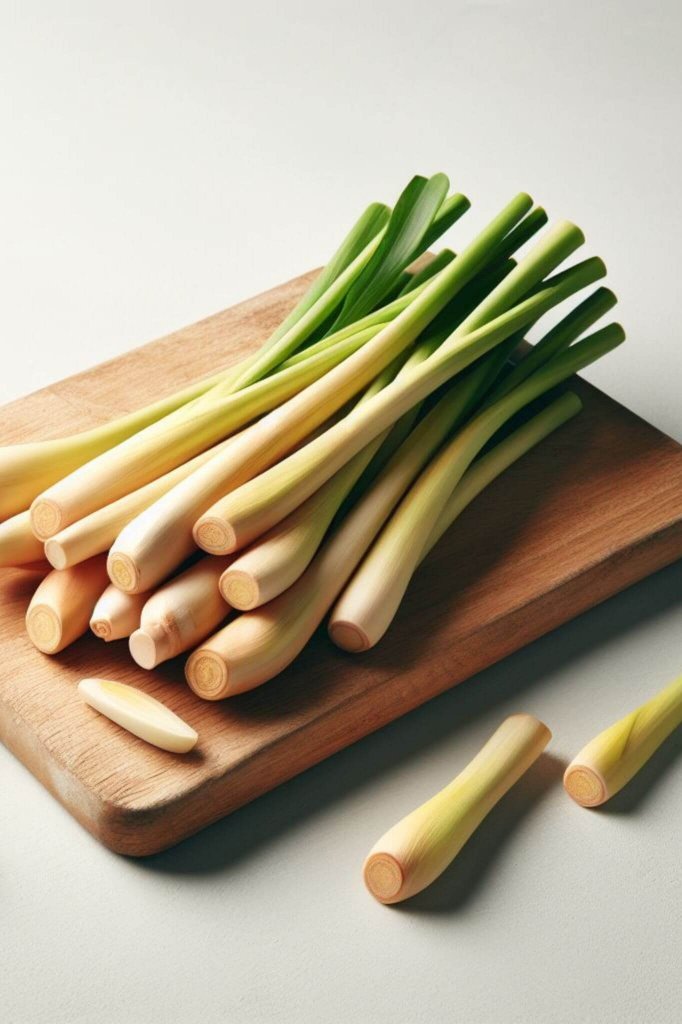
Vanilla (Bean or Extract)
- Perfect for desserts when you want aroma but not green colour
- Use 1 tsp vanilla extract = 1 pandan leaf
No pandan? Vanilla’s got your back! It brings a sweet, warm aroma that works beautifully in cakes, custards, and desserts. Start with about a teaspoon for every pandan leaf your recipe calls for. You won’t get the green colour, but the flavour will still sing.
Remember that vanilla extract is potent, so you’ll only need a small amount. Typically, start with just a few drops and adjust to taste. Remember that adding too much can overpower the dish with a strong vanilla flavor.
Just add the vanilla extract to your recipe where you would have used pandanus leaves. For example, in desserts like custards, puddings, or ice creams, or in sweet rice dishes.
Vanilla extract can bring a delightful sweetness and depth to your recipes, making it a great substitute when pandanus leaves are unavailable.
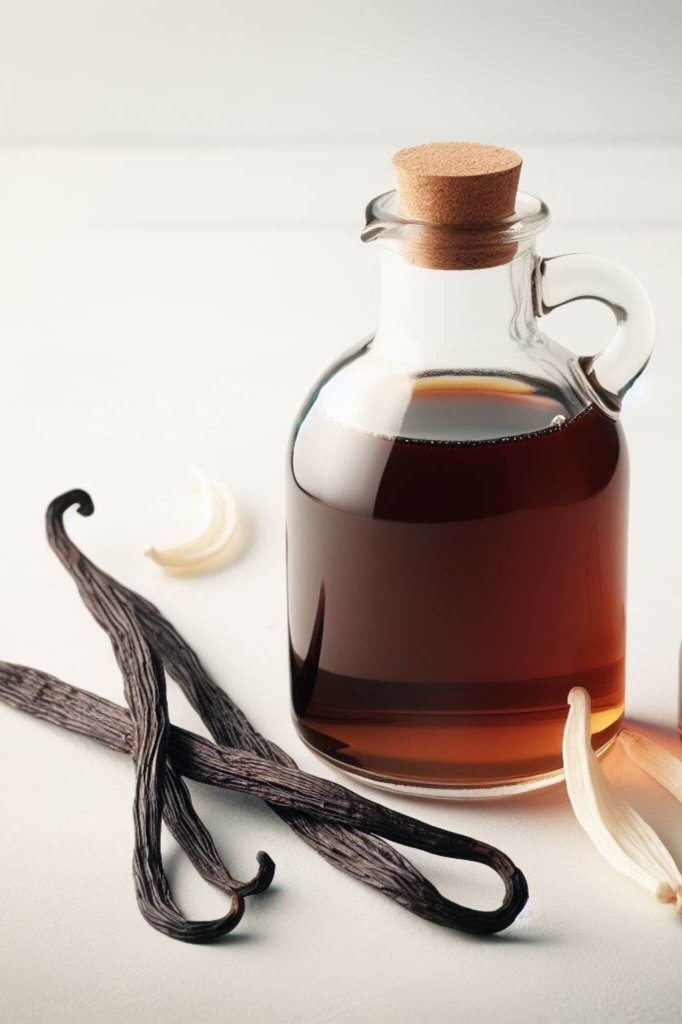
Coconut Milk / Extract
- Works well in custards, puddings, and curries
- A splash of extract is all that’s needed
Coconut pairs so well with desserts, and it gives your dish that tropical twist when pandan isn’t around. A splash of coconut extract or a bit of coconut milk can add richness and aroma. It’s lovely on its own or with a touch of vanilla.
Add the coconut milk to your recipe as you normally would when using pandanus leaves. Stir it in during cooking to let it infuse the dish with its rich coconut essence.
After adding the coconut milk, taste your dish to ensure the sweetness and creaminess meet your expectations. Adjust by adding more coconut milk or other flavor-balancing ingredients if needed.
Coconut milk can affect the color of your dish, typically lightening it, while pandanus leaves might contribute a green hue. Keep this in mind if the appearance of your dish is important.
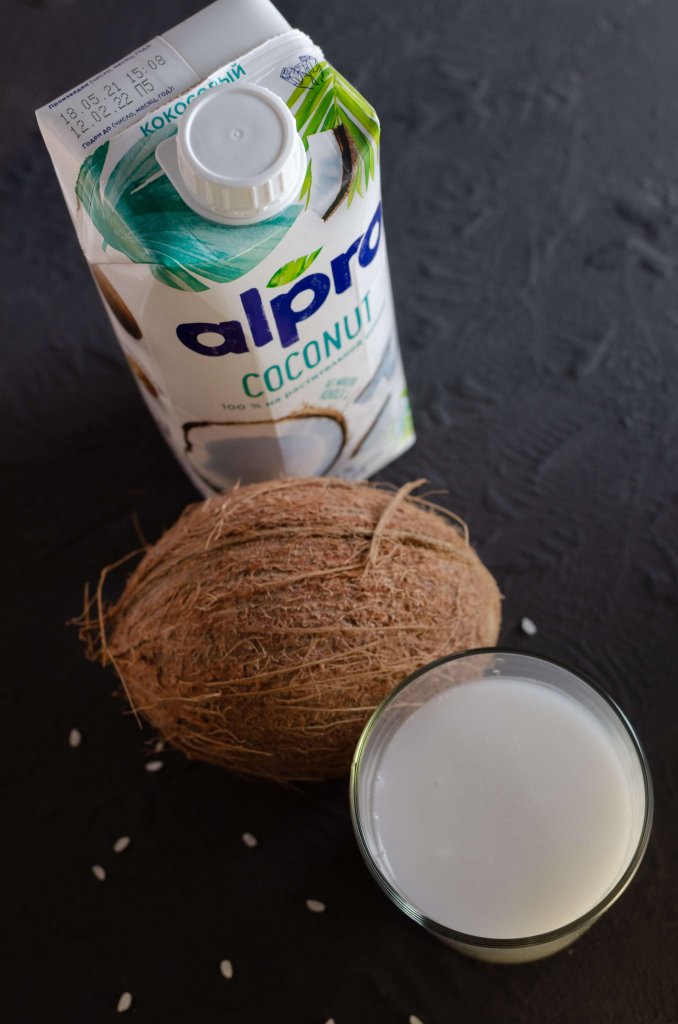
Kewra / Rosewater Essence
- Kewra – Popular in South Asian cooking for desserts
- Rosewater – Popular in Middle Eastern, Persian and Indian, savory or sweet
- Use sparingly – a few drops go a long way
A few drops of kewra essence bring a sweet, floral perfume to your dish. It’s common in Indian sweets, so it works nicely in rice puddings and desserts. Just a drop or two will do the trick – it’s strong stuff!
Rosewater is a fragrant liquid made by steeping rose petals in water. It’s commonly used in cooking and baking to impart a delicate and floral aroma and flavor to dishes. While rosewater has a distinct taste and aroma that differs from pandanus leaves, it can be used successfully as a substitute when you want to add a unique floral note to your recipes.
Rosewater is potent, so you’ll only need a small amount. Start with just a few drops and adjust to taste. Adding too much can overwhelm the dish with a strong rose flavor.
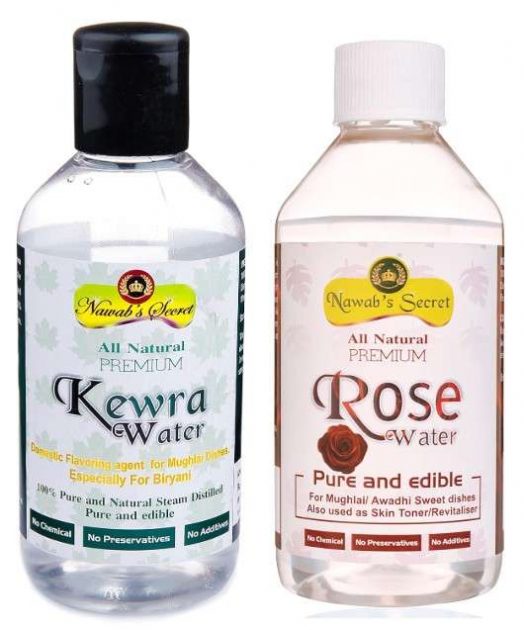
Matcha Powder or Green Tea
- Gives green colour and earthy flavour
- Use ½ tsp matcha = 1 leaf; too much adds bitterness
Need that gorgeous green colour? Matcha powder is a great choice, especially if you want your desserts or drinks to look as vibrant as they taste. It’s made from finely ground green tea leaves, so it delivers a beautiful, natural green hue without relying on artificial colouring. But go easy — matcha has a naturally earthy, slightly bitter flavour, and a little really does go a long way.
Start with just a small pinch or up to half a teaspoon for most recipes, then taste and adjust if needed. Keep in mind that matcha won’t give you pandan’s sweet, floral aroma, so the flavour profile will be different, but in terms of colour and a subtle tea-like taste, it’s a solid substitute when you’re in a bind.
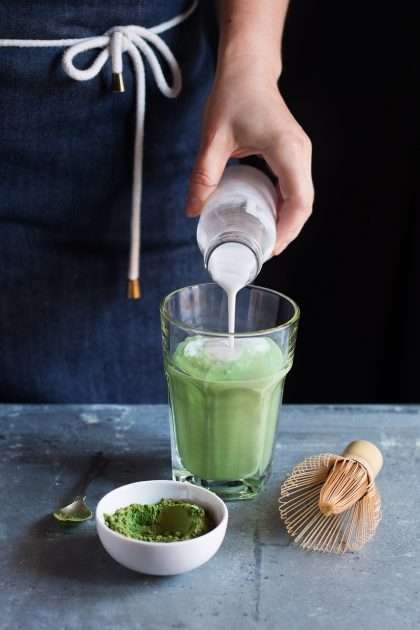
Collard Greens / Spinach (for Colour)
- Mild flavour, gives green tone for drinks & desserts
- A handful of leaves blended
If you’re aiming for that vibrant green hue in your dishes without altering the taste, spinach or collard greens are excellent go-to options. Simply take a handful of fresh leaves, blend them with a little water, and strain the mixture to get a smooth, natural green juice. This juice can be added directly to batters, sauces, or soups to give them a bright, appealing color without the need for artificial dyes. Because the flavor of these greens is very mild, it won’t overpower or change the taste of your recipe, making it an easy and healthy coloring solution.
Not only does this method give you a lovely green tint, but it also adds a subtle nutritional boost to your dish. Spinach and collard greens are rich in vitamins and antioxidants, so you’re sneaking in some extra goodness without anyone even noticing. This natural approach works especially well in smoothies, pasta dough, frosting, or even homemade pasta sauces, letting you get creative with color in a wholesome way. Plus, it’s a fun trick to experiment with if you’re looking to make your meals visually striking while keeping them clean and natural.
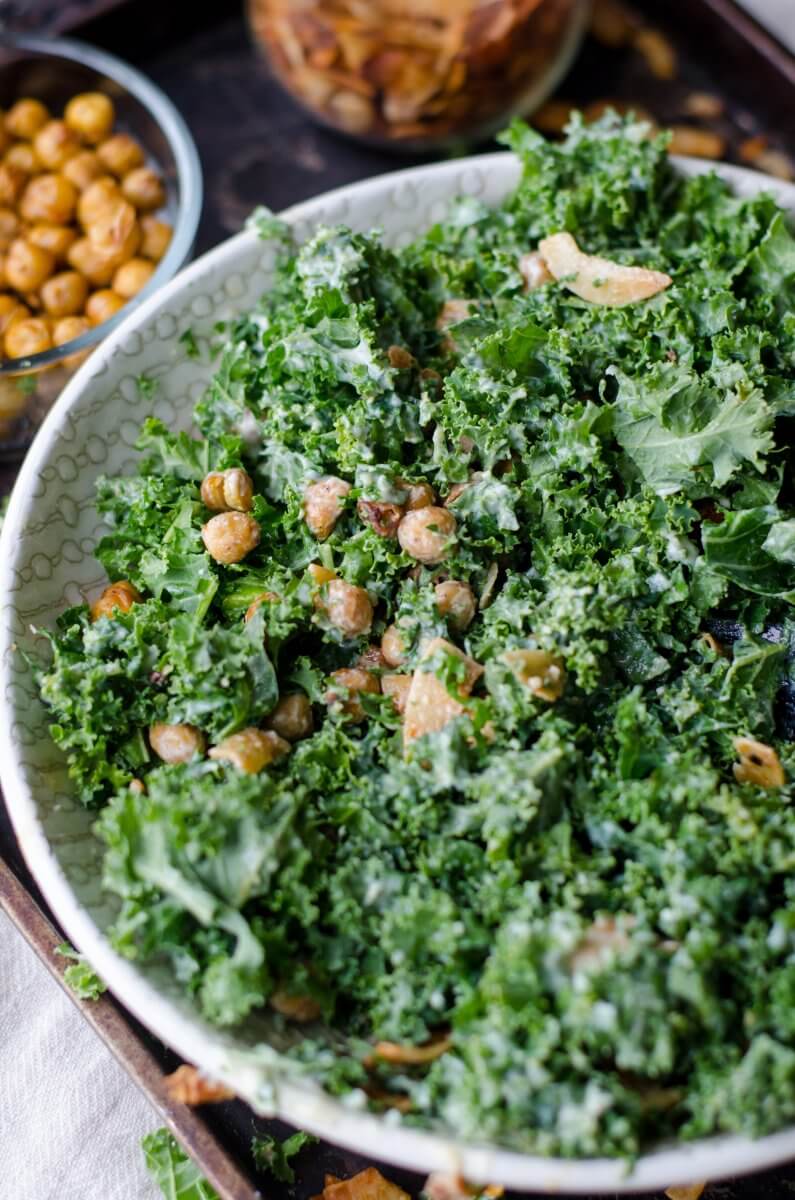
Banana Leaves (for Wrapping)
- 1 banana leaf = 1 pandan leaf
Banana leaves are an excellent alternative to pandan when wrapping or steaming food. While they don’t impart much distinct flavor on their own, they contribute a subtle earthy aroma that enhances the overall eating experience. Their natural oils also prevent food from sticking, making them both practical and pleasant to use in cooking. Many traditional dishes across Asia and Latin America make use of banana leaves for precisely this reason, as they offer both function and a touch of authenticity.
In addition to their aromatic qualities, banana leaves help lock in moisture during the cooking process. This ensures that food remains tender, juicy, and evenly cooked, whether it’s rice, fish, or meat. Steaming or grilling in banana leaves not only preserves texture but also creates an attractive presentation, as the vibrant green wrapping adds a natural elegance to the dish. For anyone unable to find pandan, banana leaves are a versatile and reliable substitute that elevate both flavor and appearance.
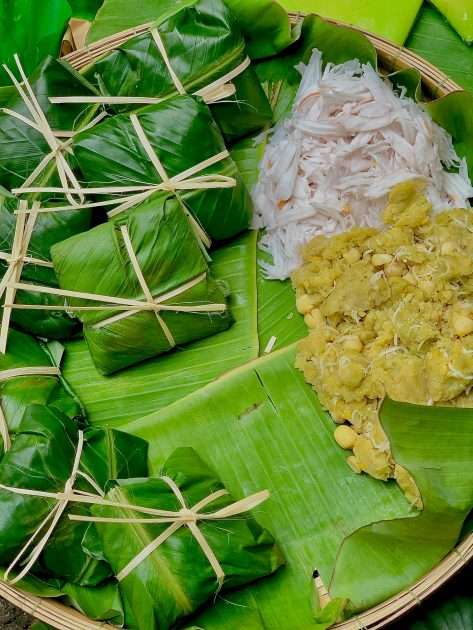
Which Substitute to Use for Different Dishes
| Dish Type | Best Substitutes | Notes |
| Desserts (cakes, puddings) | Pandan extract, vanilla, coconut | Aroma + sweetness |
| Savoury (rice, curries) | Lemongrass, kaffir lime, pandan extract | Aroma over colour |
| Steaming / Wrapping | Banana leaves, pandan leaves if available | Texture & steaming function |
| Colour-driven recipes | Matcha, spinach, pandan juice | Adjust for bitterness |
Pros & Cons Table
| Substitute | Aroma Similarity | Colour | Availability | Ease of Use |
| Pandan extract | High | High | Moderate | Easy |
| Vanilla | Moderate | Low | High | Easy |
| Matcha | Moderate | High | High | Medium |
| Lemongrass / Kaffir lime | Low | Low | High | Medium |
| Collard / Spinach | Low | High | High | Easy |
| Banana leaves | Low | Low | Medium | Easy |
Substitutes to Avoid or Use Sparingly
- Artificial pandan essence with strong chemical aroma
- Bitter greens or too much matcha
- Substitutes adding excess liquid without recipe adjustment
Storage Tips for Pandan & Extract
- Fresh leaves: wrap in damp towel, fridge 3–4 days
- Frozen leaves: store airtight, use directly from freezer
- Extract: refrigerate 5 days, freeze for longer shelf life
What are other uses of pandan leaves?
You can actually use pandan leaves in some really clever non-culinary ways:
- Natural Air Freshener: Their sweet, grassy aroma makes them perfect for freshening up your home. Just tie a bunch together and hang it in your closet or kitchen for a natural scent boost.
- Insect Repellent: Pandan leaves can help keep bugs at bay. You can place a few leaves in your pantry or under the bed to ward off creepy crawlies.
- Crafty Decor: They’re great for weaving into decorative items like baskets, mats, or even little trinket boxes. Their vibrant green color adds a lovely touch to any DIY project.
- Hair Care: In some cultures, pandan leaves are used in hair treatments. Boil the leaves and use the infused water as a rinse for shiny, fragrant hair.
- Traditional Medicine: They’ve been used in traditional remedies to help with headaches, arthritis, and even as a mild laxative.
So, now you know, pandan leaves aren’t just for cooking; they’re pretty versatile around the house too!
What does Pandan do to your body?
Pandan does some pretty neat things for your body. It’s not just about the flavor. Here are a few benefits:
- Digestive Aid: Pandan can help with digestion, soothing the stomach and reducing bloating.
- Headache Relief: Traditionally, pandan is used to alleviate pain, like headaches and arthritis. For headaches you can make a simple tea by boiling the leaves, leave to cool slightly, and then drink the liquid.
- Pain Relief: You can use Pandan leaves to make a topical treatment. Just crush the leaves and apply the paste directly to the affected area. Alternatively you can boil the leaves in water and then use the liquid as a soak to help reduce inflammation and relive pain.
- Blood Sugar Control: Some studies suggest it may help lower blood sugar levels, which is great news for managing diabetes.
- Detoxifying: It’s believed to have detoxifying properties, helping to cleanse the liver and body.
- Skin and Hair Health: Pandan water is sometimes used as a rinse for shiny hair and healthy skin.
So, pandan isn’t just a tasty addition to your dishes; it’s like a little green powerhouse for your health! Always check with your health provider before use.
FAQs
Yes, vanilla works in desserts but lacks pandan’s green colour and grassy aroma
½–1 teaspoon of commercial extract ≈ 1 fresh leaf. Homemade extract may need more.
Yes, but flavour and aroma will change – use substitutes for the closest match.
Summary for Pandanus Leaf substitutes
Okay – that’s you all sorted with suitable substitutes for Pandan Leaves.
Pandan leaves (also called screwpine leaves) have a really unique flavor that’s often described as sweet, floral, and slightly nutty with a hint of vanilla and grassy freshness. Some people even say it has a subtle coconut-like aroma, which is why it goes really well with coconut milk in Southeast Asian desserts.
Explore Thai, Vietnamese or Chinese supermarkets as many carry fresh or frozen pandan. You can also use the link I have included to purchase dried pandan leaves.
Pandan leaves aren’t just tasty – they’re also used in traditional medicine for their potential health benefits. They’re thought to help with digestion, reducing inflammation, and easing joint pain, and pandan tea is often used as a gentle detox or calming drink. Plus, did you know they contain antioxidants that support overall wellness too?
When you can’t get fresh pandan leaves, some good substitutes include pandan extract or essence, vanilla bean (or vanilla extract/paste), or even matcha powder for the colour (though matcha adds its own flavour). These won’t replicate pandan exactly, but will give sweet, floral or green notes similar to what pandan imparts.
Yes – alternatives include using collard greens or banana leaves just to mimic having something leafy to infuse aroma, and maybe herbal leafy ingredients like kaffir lime leaves or lemongrass, depending on the cuisine. Sometimes the best substitute is pandan extract or frozen pandan (if available in Asian groceries).
In many cases, yes – vanilla bean or vanilla extract is one of the better “close” flavour substitutes, especially in sweets or desserts. It shares some of the sweet floral aroma, though it lacks pandan’s vegetal / nutty tones. Using vanilla plus maybe a mild leafy infusion or coconut might help approximate more of the pandan character.
Conclusion
We hoped you enjoyed reading through these pandan alternatives. If fresh pandan leaves aren’t available, the best substitute is pandan extract for both flavour and colour. For desserts, vanilla + coconut works well, while savoury dishes benefit from lemongrass or kaffir lime leaves. Matcha or spinach can add green colour, but go light to avoid bitterness.
We have gathered together a lot more facts on ingredients such as herbs, spices, oils, nuts, etc. if you would like to learn some more.
Or if you need to swap out another ingredient have a look at our Substitutes section.

